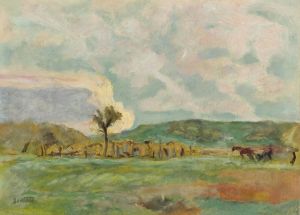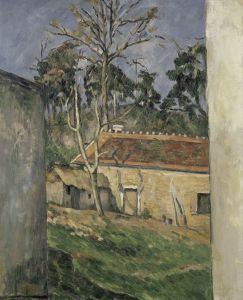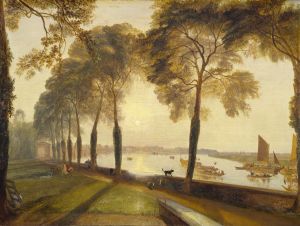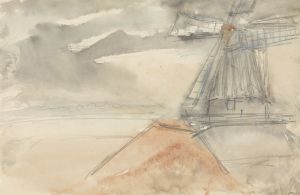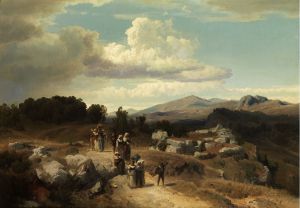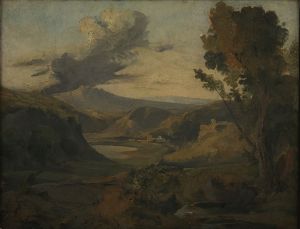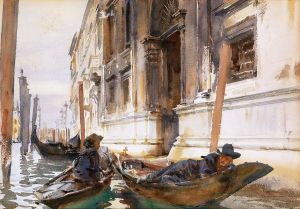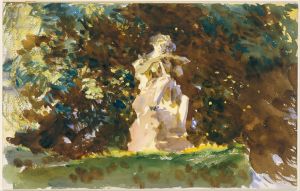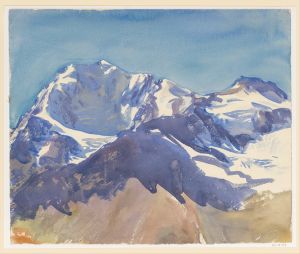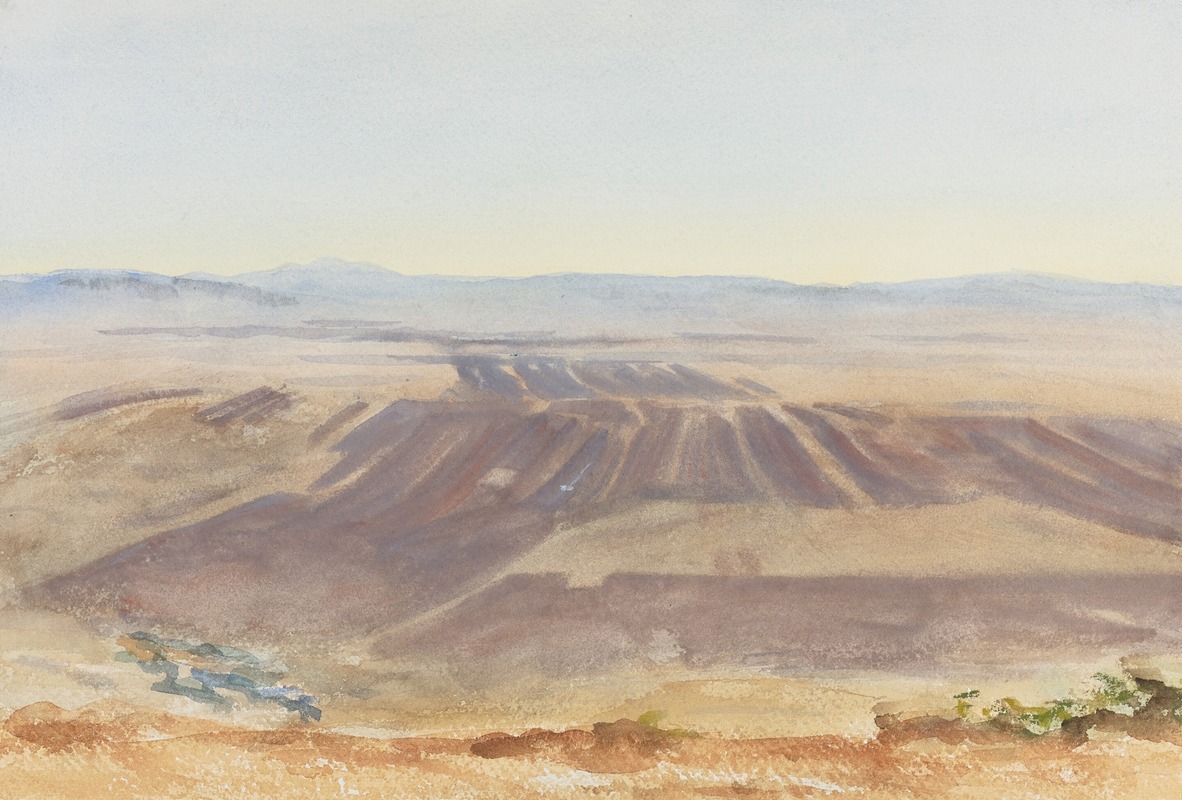
The Plains of Nazareth
A hand-painted replica of John Singer Sargent’s masterpiece The Plains of Nazareth, meticulously crafted by professional artists to capture the true essence of the original. Each piece is created with museum-quality canvas and rare mineral pigments, carefully painted by experienced artists with delicate brushstrokes and rich, layered colors to perfectly recreate the texture of the original artwork. Unlike machine-printed reproductions, this hand-painted version brings the painting to life, infused with the artist’s emotions and skill in every stroke. Whether for personal collection or home decoration, it instantly elevates the artistic atmosphere of any space.
"The Plains of Nazareth" is a painting by the renowned American artist John Singer Sargent, created in 1905. Sargent, best known for his portraiture, was also an accomplished landscape painter, and this work exemplifies his skill in capturing the essence of a place through his adept use of light and color.
John Singer Sargent was born on January 12, 1856, in Florence, Italy, to American expatriate parents. He became one of the leading portrait painters of his generation, celebrated for his ability to capture the character and personality of his subjects. However, Sargent's artistic interests were not confined to portraiture alone. Throughout his career, he produced a significant number of landscapes and genre scenes, often inspired by his extensive travels.
"The Plains of Nazareth" is one of Sargent's works that reflects his interest in the landscapes of the Middle East. During the late 19th and early 20th centuries, Sargent traveled extensively, visiting regions such as North Africa, the Middle East, and Southern Europe. These travels provided him with a wealth of inspiration and subject matter, allowing him to explore different cultures and landscapes through his art.
The painting depicts the expansive plains surrounding the city of Nazareth, located in modern-day Israel. Nazareth holds significant historical and religious importance, being traditionally recognized as the hometown of Jesus Christ. Sargent's rendering of the plains captures the vastness and serene beauty of the landscape, characterized by rolling hills and open skies. His use of light and shadow creates a sense of depth and atmosphere, inviting viewers to immerse themselves in the tranquil scene.
Sargent's technique in "The Plains of Nazareth" is notable for its loose brushwork and subtle color palette. He employs a range of earth tones and muted hues to convey the arid, sunlit environment of the region. This approach allows him to evoke the natural beauty of the plains while maintaining a sense of realism and immediacy.
The painting is part of a broader body of work that Sargent produced during his travels in the Middle East. These works often reflect his fascination with the interplay of light and landscape, as well as his ability to capture the unique qualities of different environments. "The Plains of Nazareth" stands as a testament to Sargent's versatility as an artist and his keen observational skills.
Today, John Singer Sargent's works, including "The Plains of Nazareth," are held in high regard and can be found in major art collections and museums around the world. His landscapes, though less well-known than his portraits, continue to be appreciated for their technical mastery and evocative portrayal of diverse locales.





